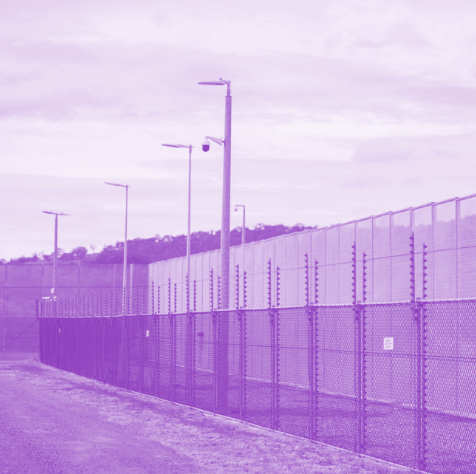Dignity risked in prison cram
 Tasmania's custodial inspector has issued a report on growing prison issues.
Tasmania's custodial inspector has issued a report on growing prison issues.
Custodial inspector Richard Connock’s report says state prisons are coping with growing prisoner numbers by adding “temporary” beds to cells.
By designating the beds as temporary, they are excluded from the Tasmanian Prison Service (TPS) calculation of operational capacity.
“On face value, TPS facilities seem to be coping relatively well and managing to stay below the maximum utilisation threshold of 95 per cent however, upon closer inspection, there are concerns that reporting used by the TPS may actually be masking the true extent of facility overutilsation,” Mr Connock said.
“Many temporary beds, installed to accommodate growing prisoner numbers, have remained as permanent arrangements and have effectively become permanent bed installations yet are not calculated in overall capacity utilisation.
“The report identifies that 85 temporary beds have been excluded from numbers used by TPS to calculate and report on either total design capacity or total current capacity.”
In the case of the Risdon Prison Complex, 28 cells in the maximum-security unit originally intended for single occupancy have been reconfigured to double cells, while in the medium security unit, 18 have been converted to double cells and 14 to triple occupancy.
Overall there are 106 temporary beds across all Tasmanian custodial facilities that have been added to rooms designed for single occupancy.
The long-term use of ‘temporary’ beds “hides the fact that some prison units in maximum security for example are well over capacity”, Mr Connock said.
“In addition, some units such as Division 8 in Ron Barwick Prison are not actively used for prison accommodation but are included in the design and total current capacity calculations, which makes the utilisation rate for Ron Barwick Prison appear better than it is,” he said.
Most prison cells at the five custodial centres reviewed were found not to meet the Australian standard for single and double cells with washing areas.
Prisoners that are sharing cells designed to be single are forced to go to the toilet and bathe in front of other prisoners.
“Single and double cells that have been converted to multiple occupancy cells considerably reduce the accommodation and living standards for prisoners in terms of mobility, privacy and dignity, mental health and storage/security of private possessions,” Mr Connock said.
Criminologist Dr Vicky Nagy from the University of Tasmania has described the situation as unacceptable but unsurprising.
“This is something that's happening around the world, especially in places that are trying to solve crime and social problems by incarcerating people,” Dr Nagy told reporters.
“Instead of trying to solve mental health problems outside the prison, instead of supporting people with homes, employment, education, a lot of the times those failures result in vulnerable individuals ending up in prison.
“The community expects the prison to solve the problem but it can't because we're just funnelling more and more people into the prison.”
Tasmanian Corrections Minister Elise Archer said some of Mr Connock's recommendations are already being addressed.
“A number of strategies have also been developed to enable the TPS to effectively manage capacity pressures,” she said.
“This includes the installation of a number of temporary surge beds and the phased introduction of a dedicated Vacancy Management Unit to oversee the assignment of prisoners to accommodation.”
She also said that a new prison being built in the state's north would accommodate 270 prisoners and remandees, giving the TPS “greater capacity and operational flexibility”.







 Print
Print